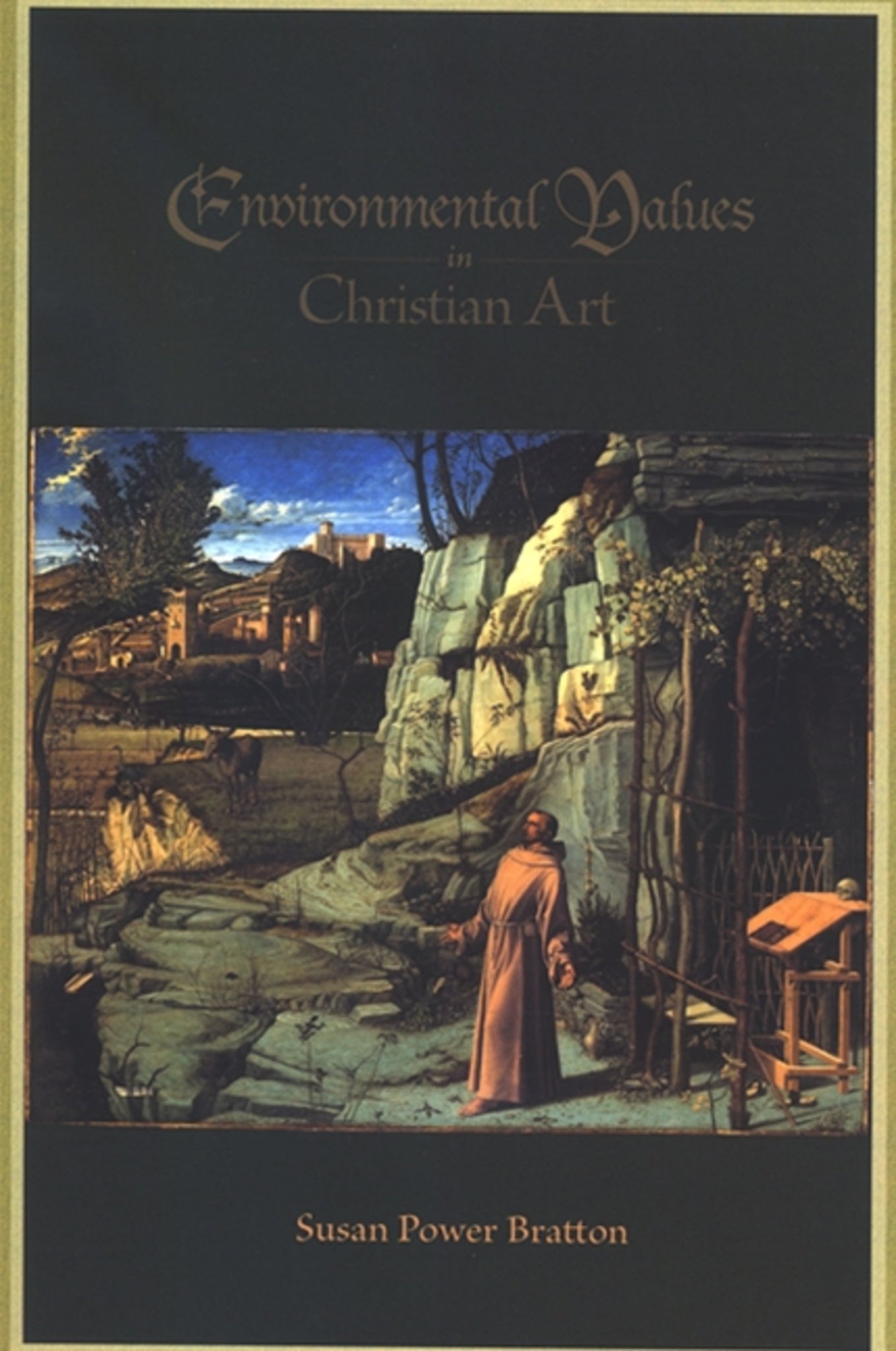We're sorry. An error has occurred
Please cancel or retry.
Environmental Values in Christian Art

Some error occured while loading the Quick View. Please close the Quick View and try reloading the page.
Couldn't load pickup availability
- Format:
-
29 November 2007

Discusses the expression of environmental values in Christian art as it displaced pagan aesthetics from the third century to the Reformation.
This book looks at what art reveals about the environmental values of Christianity. As western Europe transitioned to Christianity, pagan religious aesthetics changed or were displaced. Focusing on Christian art and architecture from early third-century Rome to seventeenth-century Netherlands, Susan Power Bratton examines this transition. She explores the relationship between Christ and nature in emergent Christian art, the role nonhumans play in this art, and how Christian art represents the ownership and management of natural resources.
The first section of the book discusses Christian art in imperial Rome and monastic Ireland's contribution-from high crosses to the Book of Kells-and evaluates the claim that Christianity suppressed the positive portrayal of nature in pre-Christian art. The second section investigates changes in cosmology from the early Middle Ages through the Gothic era and examines their implications for environmental economics. The final section analyzes the paintings of the Italian Renaissance and Dutch Golden Age and the impact of an emerging scientific worldview on the spiritual meaning of the landscape.


"Susan Power Bratton makes a critical contribution to the question of the impact of Christianity on culture, particularly in regard to the relation of Christianity to views of the natural world. In environmental studies it has been almost dogma that Christianity brought a transcendent God outside of nature and a hostility to nature. Bratton brilliantly refutes this thesis and reveals the inclusion of nature in the vision of Christian redemption." — Rosemary Radford Ruether, author of Gaia and God: An Ecofeminist Theology of Earth Healing
List of Illustrations
Acknowledgements
1. Environmental Values in Christian Art
2. The Good Shepherd and His Dog: Nature in the Earliest Christian Art
3. Cosmos without a Crucifix: Basilicas in Rome and Ravenna
4. Irish Creation from High Crosses to the Book of Kells
5. Urbanization and the End of Animal Sacrifice
6. Medieval Transitions: A Dying Creator and the Hybridization of Hell
7. The Transcendent Gothic: Glorious Light, Green Cross
8. Gothic Perspectives on Feudalism, Urbanization, Peasants, and Poverty
9. Gothic Naturalism, Christian Dualism, and Environmental Racism
10. Renaissance Realism: The Virgin’s Meadow
11. The Reformers: The Creator in Rustic Landscapes
12. God’s Body and Blood as Bread and Wine
Notes
Index



